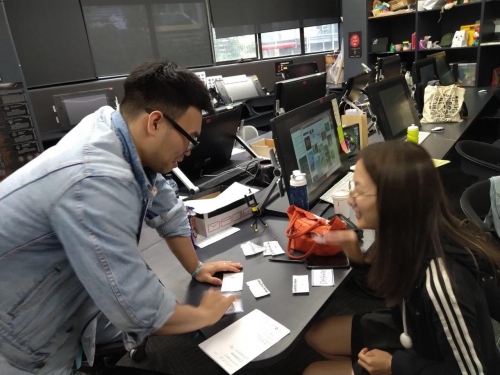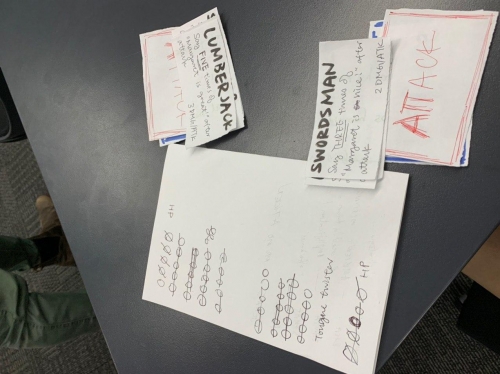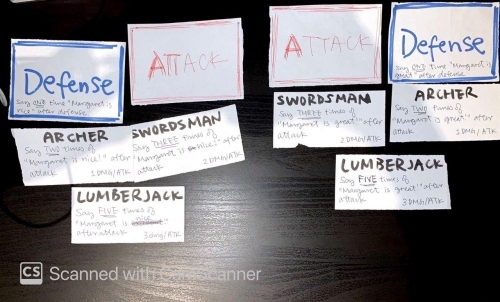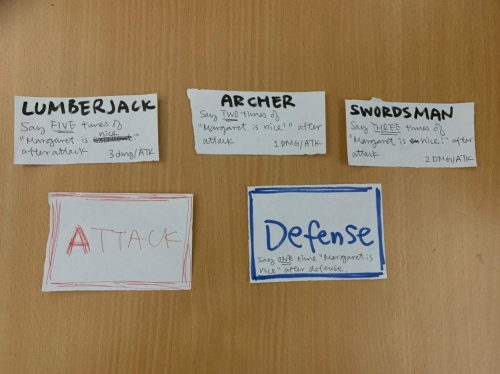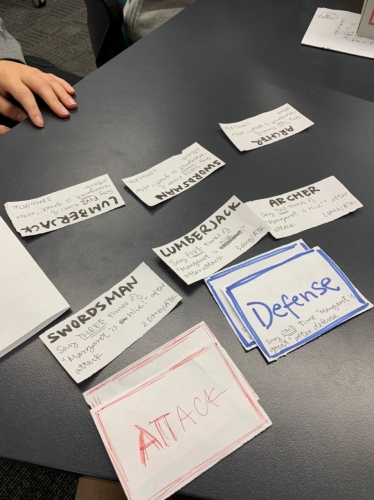Theme
Play and Time
Context
Cooldowns can be used to balance games
https://game-design-snacks.fandom.com/wiki/Cooldowns_can_be_used_to_balance_games
Spacing, Timing, and Avoiding The Corner
https://www.youtube.com/watch?v=K1MGQqLxU1w
There are many examples of games manipulating time as a key element in the game. For example in SuperHot and My Friend Pedro, players can manipulate their time to avoid the bullets and hit the opponents more easily. In games like Cuphead and Archero, players have to catch the timing to dodge the bullets all around them. In Singularity and Braid, the flow of time on a certain object/ person can go forward or backward as controlled by the players.
Actually, the timing to attack or defend is also crucial to defeat the opponents in fighting games. If players are not able to defend at the right timing, they get hit by their opponents. If they attack while their opponent is defending, they can’t hurt their opponents. On the other hand, a certain period of time is utilized as the “cooldown(CD)” period to maintain the game balance in many games, for instance, the CD for abilities with ultimate power is longer than those basic attacks.
I tried to address the inquiry “can I manipulate the CD period and correct timing to attack” to be the mechanic to create a simple game?”
Method
I created some cards with paper for “Attack”, “Defense” and three different occupations with different CD periods and damages. Then, some of my classmates are asked to join the playtest.
Response
In the beginning, I wanted to make it a mini game in Unity. Nonetheless, I was not sure if the idea would work. Hence, I experimented with paper protocol first.
I created a duel game with a set of cards that the players have to choose from the three occupations with different CD period and damage power. The higher the damage, the longer the CD period. Every time a player attempts to attack, the player has to say “Margaret is great” for a number of times regarding their occupation (eg five times for the lumberjack, three times for the swordsman). There is also a CD period after players defend. Players can pretend that they are going to attack by putting their hands on the attack card. If the other player takes out their defense card immediately, the player has to say “Margaret is great” one time as the CD period before he/she can take any other actions. During the CD period of the player, another player can attack and deal damage to that player. If the attack of (e.g. the lumberjack) is defended by the other player, the player can be attacked during the CD period (i.e. saying “Margaret is great” for 5 times).
Reflection
The playtester found the game interesting to some extent but most of them found the game rules a little bit difficult to be understood. Some of the playtesters suggested letting the players read out tongue twister of different length for the CD period may make the game more funny.
Some playtester pointed out that the reading speed of different people varied and thus making the CD period not consistent for different people. This wouldn’t be a problem if the game is programmed in Unity as the CD period of all users would be the designated time coded in the script.
On the other hand, some players thought the determination of whether one player defended another player’s attack was not clear. This can also be solved by programming it in Unity as the determination will be done by the computer backed by scripts instead of the players.
Though a paper prototype would be a good tool to test the balance in a simple system (eg number of shots and damage per shot) and trying wild ideas, Bond and Jeremy think it’s not a good tool for testing game rhythm. For an action game rather than a turn-based strategy game, players would have much less time to think in the real game than in the prototype. Thus, testing it on a paper prototype would give me a false impression on the game rhythm.
In conclusion, it may not be a good idea to test this kind of game mechanics with the paper prototype. The true effects of running it in Unity/ computer cannot be tested by the paper prototype.
References
Games manipulating time
https://www.youtube.com/watch?v=bwjgeQdsLRk
https://www.youtube.com/watch?v=GEGjvYe6F1o
Bond, Jeremy Gibson. Introduction to Game Design, Prototyping, and Development : From Concept to Playable Game with Unity and C♯. Second ed. Upper Saddle River, NJ: Addison-Wesley, 2018. Print.
About This Work
By Margaret Wong
Email Margaret Wong
Published On: 15/03/2020
